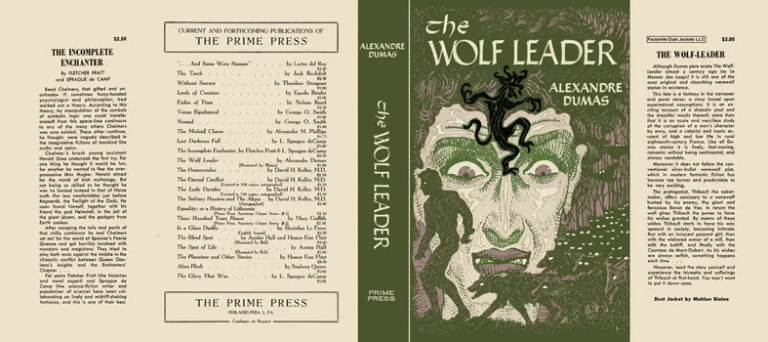Alternatively translated “That Which Is In the Afterworld” or “Text of the Hidden Chamber Which is in the Underworld”, and called Kitab al-Akhira in Arabic, the Amduat is a funerary text from the New Kingdom and it has been found inscribed on the walls of tombs such as the one of Thutmose III, whose entire tomb is thought to mirror the geography of the afterlife.
The text recounts the journey of Ra, the Egyptian sun god, as he travels daily through the underworld from sunset in the west to sunrise in the east. This journey symbolizes continual death and rebirth, with the sun ‘dying’ at sunset and being ‘reborn’ at dawn, and it’s one hell of a journey (quite literally). According to belief, the deceased Pharaoh underwent the same journey, ultimately being reborn to join Ra eternally. Numerous gods and goddesses, including Khepri, Isis, and Osiris, assist both Ra and the departed soul on this voyage in the Duat, alongside many unnamed or unknown deities.
As well as enumerating and naming the inhabitants of the Duat, which we find in other texts, the Amduat is unique because it dives into detail about the geography of the Egyptian Underworld.
The Duat is divided into twelve regions, as many as the hours of the night, each of them inhabited by allies and presenting different adversaries for the Pharaoh and the Sun God’s conjoined journey. The Amduat catalogues these deities and creatures, such as the serpent of Mehen or the ‘World Encircler’, and portrays their varied roles in aiding or obstructing Ra and the departed soul. Primarily, the Amduat provides guidance to the pharaoh by unveiling the names and attributes of these entities, so that this knowledge will empower him to seek assistance or counter their influence, and detailing the geography as a proper map, to ease the journey.
Today on my Patreon we take a look at these twelve sections.








No Comments